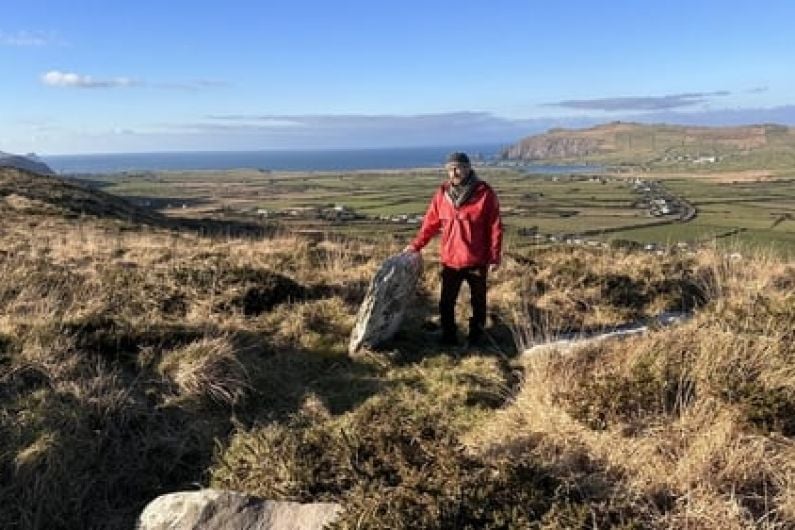A 4,000-year-old burial tomb in Ballyferriter, which was recently rediscovered, could give us an insight into what was important to the prehistoric people of West Kerry.
The location of the wedge tomb was rediscovered by local archaeologist and folklorist Dr Billy Mag Fhloinn when he was exploring the hills above Ballyferriter.
Wedge tombs consist of a long burial gallery, broader and higher at the front, facing a westerly direction.
They are roofed by slabs laid directly on the side-walls, and evidence suggests they were being built between 2,500-2,000 BC, representing the last phase of megalithic tomb building in Ireland.
The National Monuments Service then visited the location with Dr Mag Fhloinn, and was able to confirm it was the long-lost tomb.
The National Monuments Service, which maintains a register of all known archaeological monuments in Ireland, listed a burial tomb at Ballyferriter as unlocated or lost.
The NMS says the precise location of the 4,000-year-old wedge tomb had been lost to the archaeological community since 1838, when it was visited and drawn by Lady Georgiana Chatterton.
By 1852, a local antiquarian Richard Hitchcock recorded that the tomb had been destroyed.
The exact location of the tomb, however, was never mapped and was thought to be lost, coupled with the belief there was no trace of it, having been destroyed.
Dr Billy Mag Fhloinn, exploring the hills above Ballyferriter, found a single upright stone and two recumbent stones, which he believed to be part of the prehistoric tomb drawn by Lady Chatterton almost 200 years ago.
Caimin O’Brien, NMS Archaeologist, confirmed it was the long-lost tomb when he visited the site with Dr Mag Fhloinn, and its location will be uploaded on its website.
He explains the significance of the exact location of the tomb:





